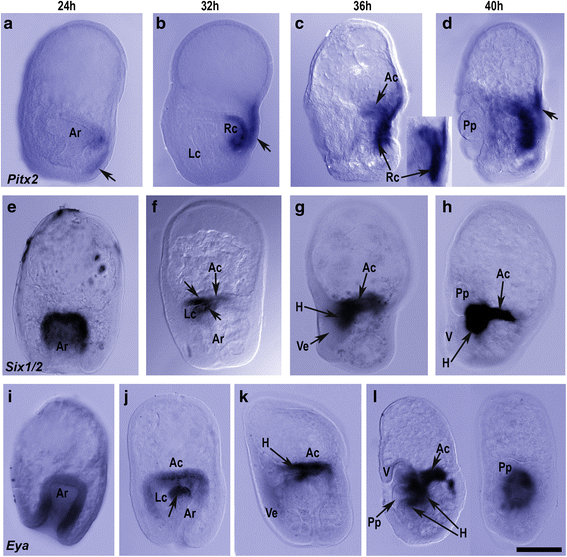
Rapid cell divisions occur resulting in cleavage.

Polyspermy is prevented by the depolarization of the membrane once the sperm has reached the outermost layer of the egg followed by a cortical reaction that creates a fertilization membrane. Species-specific chemotactic factors are released by the eggs that attract the sperm. In the case of sea urchins, fertilization is external. The sperm and the egg unite to form a zygote. The larva undergoes metamorphosis and forms the adult. The sea urchin presents indirect development where the embryo develops into a larva. They are the archetype for invertebrate deuterostome development.įertilization is the first event during sexual reproduction for the formation of an embryo from the zygote. Sea urchins are an important invertebrate animal model system to study developmental processes. The gastrula is made of three layers-ectoderm, mesoderm, and endoderm. The mesenchymal cells form filipodia and help in the movement of archenteron towards the interior of the blastocoel. The same vegetal cells lose tight junctions and for primary mesenchymal cells that are skeletogenic and non-skeletogenic mesenchymal cells. The blastopore develops into the anus which is the characteristic feature of deuterostomes. The vegetal cells flatten and invaginate inwards to form the archenteron with a pore called the blastopore. The late blastula cells undergo changed during gastrulation to form the gastrula. The cleavage results in the formation of blastula with blastocoel. Cleavage occurs in the zygote where it is characterized by radial holoblastic cleavage. The sperm and the egg come together to form the zygote and fertilization occurs externally. Fertilization in sea urchin is external and the egg secretes species-specific chemotactic factors to attract the sperm. (2011).Sea urchin gastrulation is an important animal model to study primitive deuterostome development and also indirect invertebrate development. Gastrulation in Gallus gallus (Domestic Chicken).
#Sea urchin blastopore skin
In the chick embryo, the cells of the ectoderm go on to form the skin and neural tissue, endoderm cells line the respiratory and gastrointestinal tracts, and the kidneys, circulatory system and skeleton are made from the mesoderm cells. Later, the cells of Hensen’s node regress, paving the way for the formation of the central nervous system. The cells making up Hensen’s node at the end of the primitive streak elongate across the blastula. One of the unique features of chick gastrulation is the cellular rearrangement that occurs at the posterior end of the blastula and forms the primitive streak, a thickening of the tissue. The lip is the point where the cells begin to turn and migrate inward, forming the blastopore. Another interesting aspect of frog gastrulation is that the blastopore forms a “lip” exactly 180 degrees opposite from where the sperm entered the egg. Also different, is that the cells of the blastula in the frog form the ectoderm or endoderm while the mesoderm is made from the yolk cells inside. One of the main differences is that the blastula is not hollow but is filled with yolk cells.

Gastrulation in the frog is similar to the sea urchin, but it’s more complicated. In sea urchins, all three primary germ layers originate from the same outside layer of cells. The anus forms at the spot where the invagination started on the surface. The archenteron elongates and eventually fuses with the epithelial cells on the surface to form the mouth. Then, the archenteron (primitive gut) forms as the blastocyst invaginates creating the blastopore. In the first step of gastrulation, primary mesenchyme cells use chemical cues inside the blastula to migrate to the inside of the sphere where they will eventually fuse and form the larval skeleton made of spicules formed from calcium carbonate. Gastrulation in sea urchins is used as a starting point for understanding the process, as it is less complicated or more “simple” compared to other species, and the process only takes about 9 hours.

Frogs, chickens, and sea urchins are 3 species most studied by developmental biologists and comparative embryologists.įigure 1: The image above shows the process of transformation from a single-celled zygote to a gastrula.įigure 2: The image above shows how gastrulation changes the number of cell layers from one to three. Each species has its own uniqueness when it comes to the process of gastrulation, but there are similarities that span the entire animal kingdom.

The layers are called the primary germ layers the endoderm, ectoderm, and mesoderm (Figure 2). This is a critical point in development because it is when the embryo transforms itself from a hollow sphere made from a single layer of cells into a multi-layered structure. It does this by folding itself inward as shown in Figure 1. Gastrulation is a phase in the embryonic development of animals where the blastula reorganizes itself into a gastrula.


 0 kommentar(er)
0 kommentar(er)
